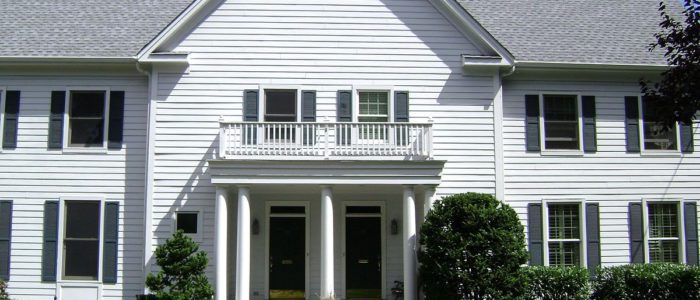The Non-Native Asiatic Wall Spider Has Evolved To Live Solely Within Homes And Buildings Throughout New York State
A countless number of spider species can be found in the state of New York, and most of these species inhabit rural areas where they are very rarely encountered by humans. Native spider species in New York are most heavily concentrated within forested areas near bodies of water. Unsurprisingly, the largest and hairiest spider species in New York are well known for making frequent appearances within homes that are situated along the edges of rivers and lakes where densely wooded landscapes are within close proximity. Some of these large and hairy indoor spider species include fishing spiders (Dolomedes tenebrosus), Parson spiders (Herpyllus ecclesiasticus), and several species of nursery webs spiders.
The spider species found in homes located in suburban neighborhoods and urban centers in New York include cellar spiders, American house spiders, Carolina wolf spiders, and the potentially dangerous yellow sac spider. Jumping spiders are also known for being common indoor guests within New York homes, especially during the fall when they enter homes to secure refuge from the cold climate. Spiders in the family Salticidae are commonly referred to as jumping spiders, and more than 6,000 species in this family have been documented, which accounts for 13 percent of all known spider species worldwide. This makes jumping spiders the most species-rich group of spiders on earth, and several non-native jumping spider species in the US have only recently become known for dwelling solely within manmade structures.
Sitticus fasciger is a jumping spider that is often referred to as the Asiatic wall spider due to this species’ habit of congregating on the interior and exterior walls of homes. This species is native to Asia and was introduced into the US during the 1950’s where it has remained most prevalent within homes and buildings throughout New York state. While the Asiatic wall spider has been found numerous times within structures in New York state, they have never been found within the natural environment in North America. This has led researchers to conclude that the Asiatic wall spider is a fully synanthropic species, which means that these spiders have adapted to thrive only in manmade structures. In fact, research shows that Asiatic wall spiders dwell almost entirely within and on structures in their native Asian habitat range as well. Entomologists believe that Asian wall spiders favor manmade habitats because their greyish-brown color allows them to remain camouflaged against typical brick and wood siding exteriors. These spiders also take advantage of the easy prey that gather around porch lights. Asiatic wall spiders are small at only .15 of an inch in length, and like all jumping spiders, they are not considered dangerous to humans, though they may become a nuisance within homes.
Have you ever spotted a jumping spider in your home before?


Comments are closed.